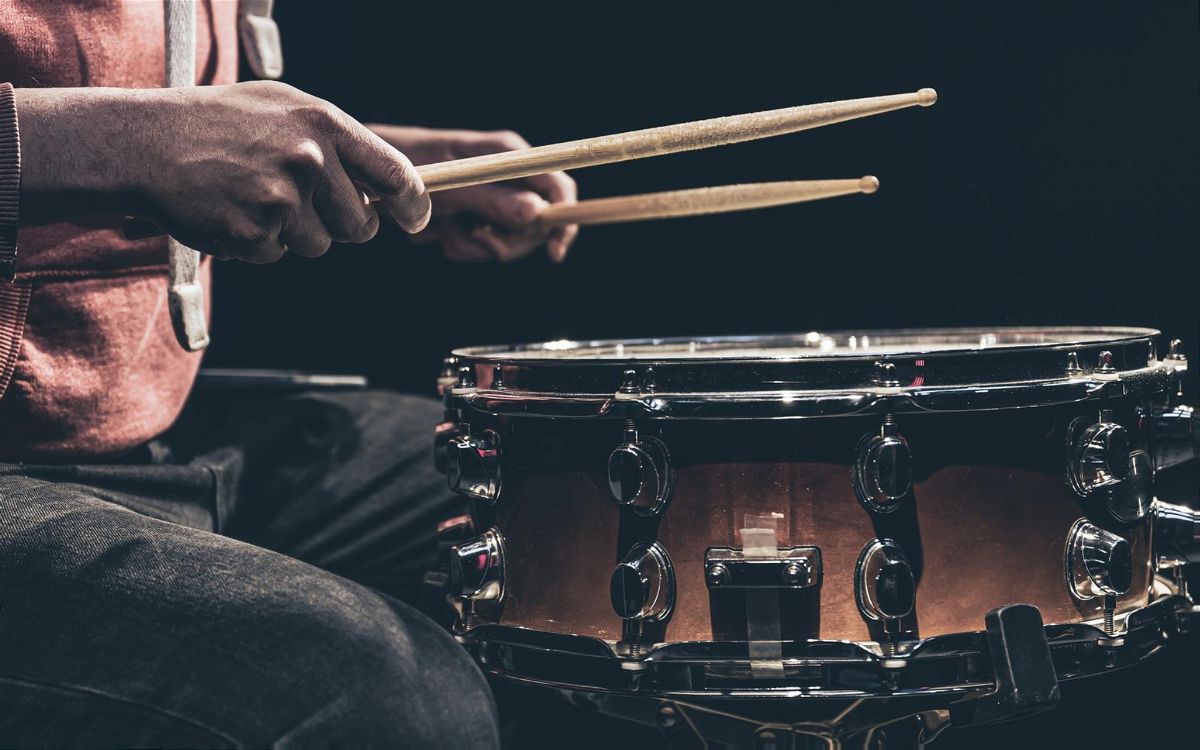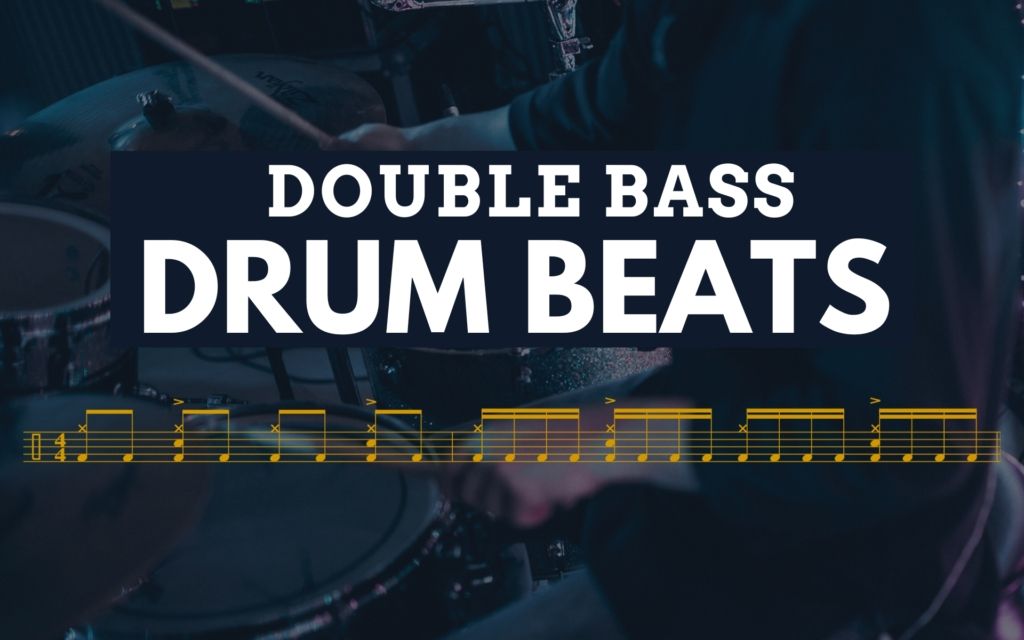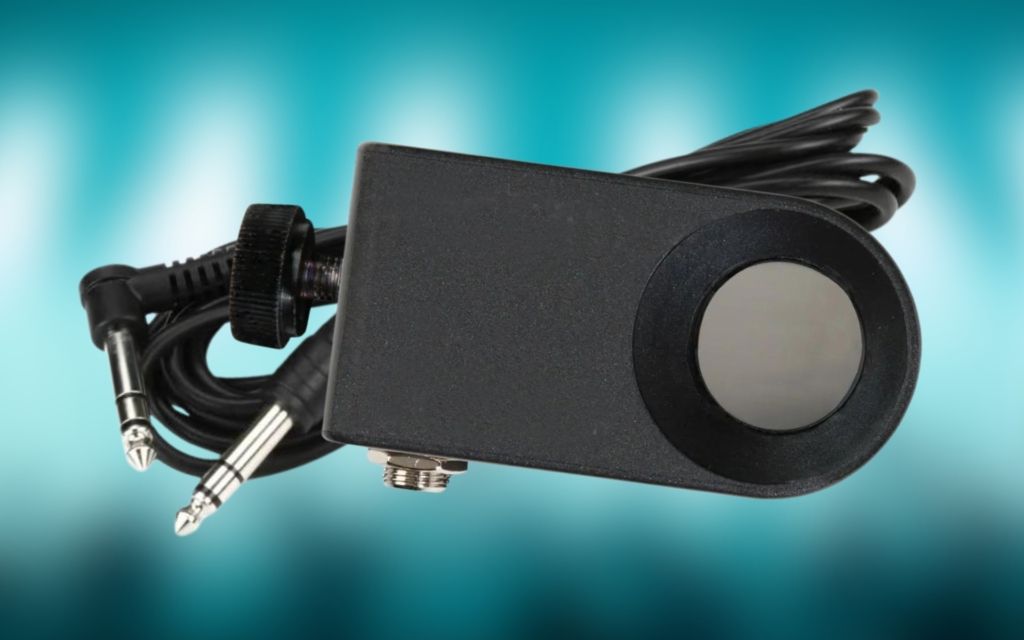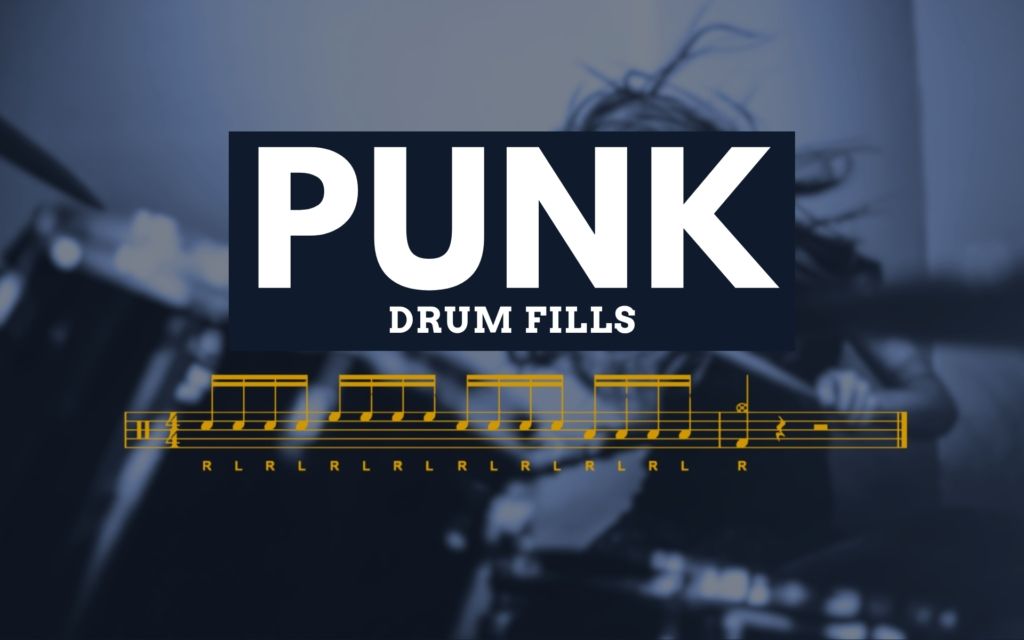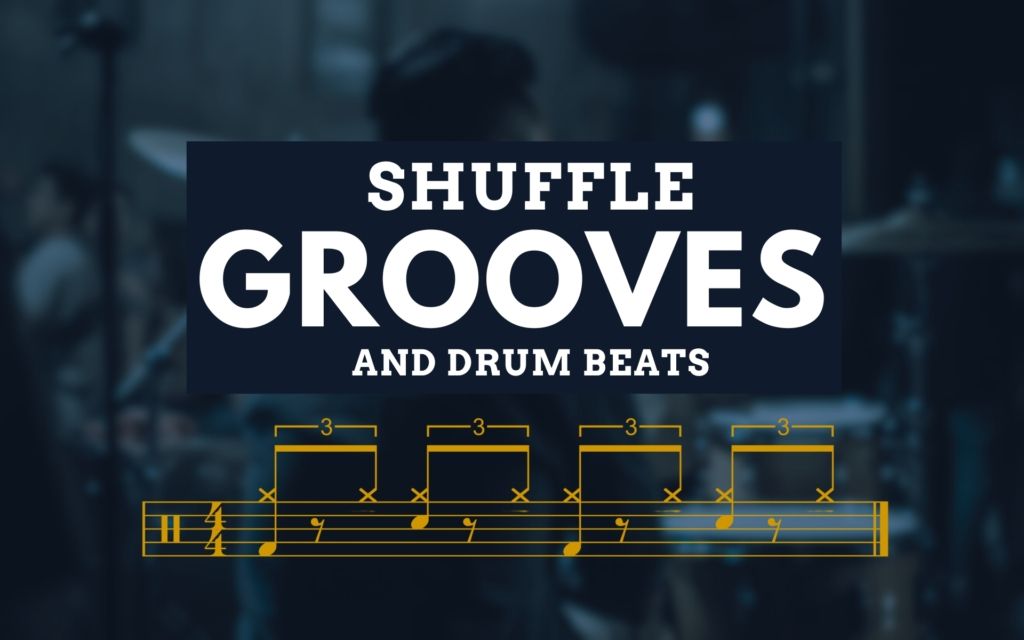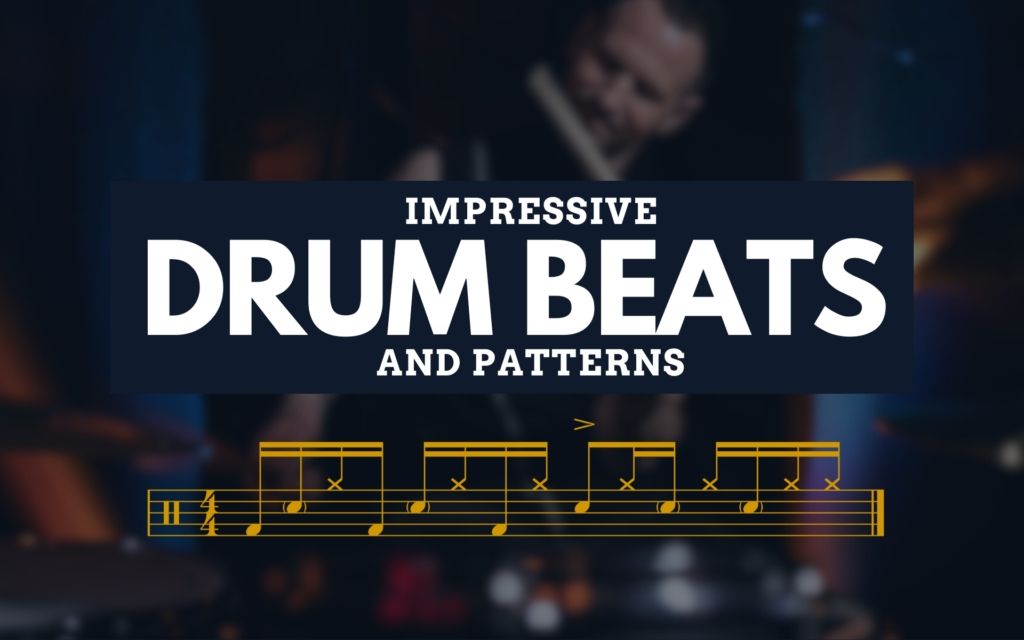The bass drum and snare drum are the heart of every drum kit, but there are also occasions when snare drums are played on their own. Orchestras and marching bands have percussion sections where snare drums are used as the main instrument.
There are also plenty of songs where you can mainly hear snare notes instead of full drum kits being played.
Whether you’re a drum set player or percussionist, knowing how to play a snare drum will improve your technique and reading skills. In this guide, I’ll give you a few tips on how to play a snare drum, along with some useful exercises.
Contents
Benefits of Learning to Play Snare Drum
All rudiments are based on hand patterns, and they typically start on the snare drum. So, learning to play a snare drum well will greatly improve your ability to play different rudiments.
You’ll also do a lot of sheet music reading when working on snare drum exercises, and knowing how to read snare drum music will improve your ability to read different rhythms. That will make you better at reading music overall, no matter what other instrument you play.
Different Types of Snare Drum Music
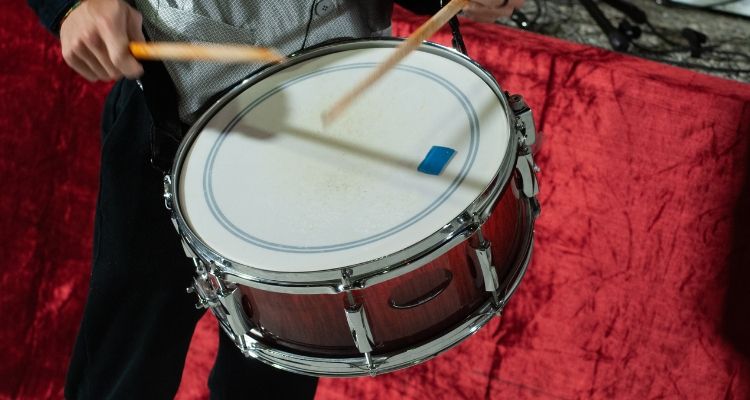
Orchestral Snare Drumming
When you play snare drum in an orchestra, you’ll typically mount it to a standard snare drum stand, but you’ll raise the stand high enough to allow you to stand while playing.
You’ll then have sheet music in front of you that follows a form that the whole orchestra follows. Orchestral percussion sections have multiple percussionists that play different things throughout pieces, but a snare drummer will usually stay playing the snare drum most of the time.
Snare drum parts can often be quite militant in their sound, but orchestras cover a wide range of different styles, and some songs may be a bit more laid back.
Marching Snare Drum Music
A marching snare is one that you hang over your shoulders to play while marching. You need to use traditional grip to play this kind of snare, and marching snare parts are always busy and heavily inspired by rudiments.
There are always multiple snare drum players in a marching band, so your playing needs to be as accurate and articulate as possible so that you don’t clash with the other snare drum players.
Marching snare drummers also use far heavier sticks than orchestral snare drummers or drum kit players.
Snare Drum Techniques
Whether you play on a marching snare, orchestral snare, or drum kit, the techniques that you use to play the snare drum remain the same. So, you need to learn all of them to be able to play various snare drum parts and patterns.
Here are a few common snare techniques that everyone uses.
Flams
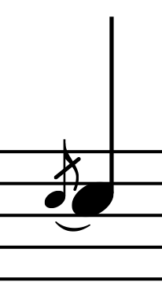
A flam is when you play both hands together, but one of your hands needs to strike the snare drum just before the other one does.
If your right hand comes down first, it’s referred to as a left-hand led flam. If your left hand comes down first, it’s referred to as a right-hand led one.
To learn how to play these, it helps to play a bar of quarter notes on the snare drum. Play a flam for each quarter note, and then switch which hand you’re leading with every time you start a new bar.

Drags
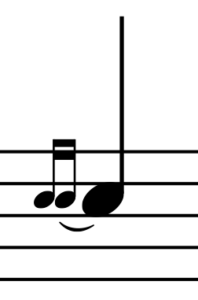
A drag is similar to a flam, but you’re going to play two quick notes with one hand before playing a main note with your other.
These are a bit trickier to play than flams, but they’re equally as important to learn when it comes to playing the snare drum.
You can work on playing them the same way we did with flams, which is playing quarter notes in a bar. The quick double strokes with one hand don’t count toward the note values.
It also helps to play those quick notes a bit softer than the main notes.

Buzz Rolls
(Buzz roll) *my notation software can’t do buzz rolls. So, I can’t make a PNG for this.
Buzz rolls are one of the most common techniques played on snare drums. A few other names for them are multiple bounce rolls and press rolls. You play them by pressing the sticks into the drumhead to make a buzzing sound.
You then alternate your hands while doing this so that you get a continuous buzzing sound. This is what people are referring to when they ask someone to play a drum roll.
The anatomy of a snare drum is what allows you to play these rolls. The snare wires on the bottom head vibrate and give the classic snare sound.
Snare Drum Sheet Music Exercises
Here are a few exercises that will help with reading drum sheet music and learning how to play various rudiments. These are foundational music notation exercises that every snare drummer needs to master in order to get better.
Exercise 1

This exercise has you playing a simple rudiment called a single stroke roll. It’s the easiest exercise to play on a snare drum, but it’s important to practice so that you can work on getting the best sound out of the drum. You can also focus on holding your sticks properly and hitting the drumhead in the center.
When you start playing it at higher speeds, make sure that all your notes on the snare sound even. You’ll need to start using more of your fingers as the speed gets higher and higher.
You should also work on playing this exercise by starting with your left hand. Doing that will help you work on your non-dominant hand agility.
Exercise 2

This next exercise is a rudiment called a double stroke roll. You’re going to play two notes on your right hand, followed by two notes with your left.
The trick here is to get this exercise to sound the same as the first one. You’ll just be playing a different pattern with your hands.
Double stroke rolls are incredibly important in snare drumming, so I’d suggest spending as much time with this one as you can. You’ll also be utilizing your fingers more as you get faster.
Exercise 3

In this exercise, you’re going to combine single strokes and double strokes. You’ll play two groups of singles and then two groups of doubles.
The point of this exercise is to get you to feel how different the two rudiments feel to play on the snare drum. Again, you should aim to make them sound the same, leading you to get one consistent tone out of the snare.
Many drummers tend to make their double strokes sound a bit softer, so be cautious of that.
Exercise 4

This rudiment is called a paradiddle. It’s another combination of singles and doubles, but it’s known as its own rudiment when you play it like this.
When you can play all three of these rudiments cleanly, you’ll be all set to play complicated snare drum parts.
Exercise 5
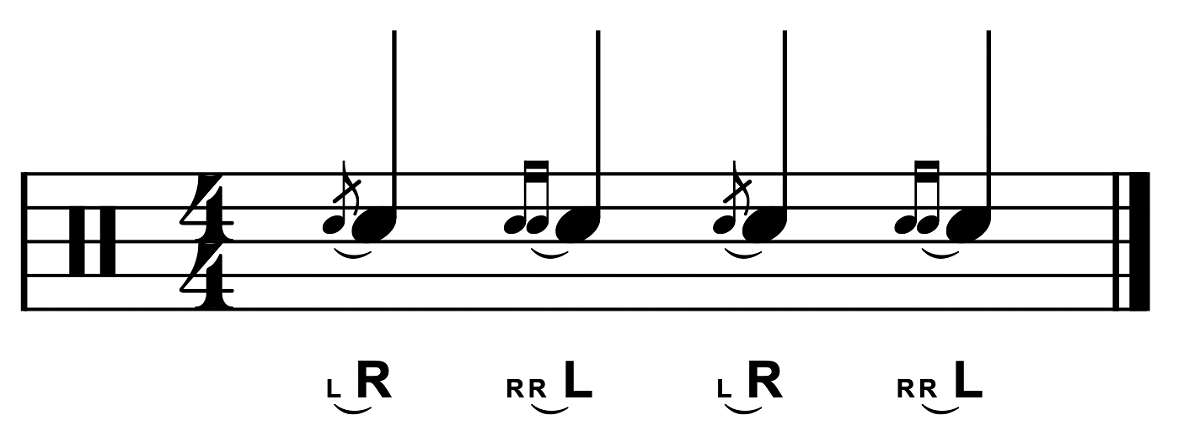
This last exercise will get you to play flams and drags in a repeating fashion. When you work on these drum notes alone, they can be quite boring to play repeatedly. It’s often a bit more fun and interesting to work on them together.
While I’ve referred to these as snare drum techniques, they’re also known as official rudiments. They’re just rarely played alone as singles, doubles, and paradiddles are.
Tips for Playing the Snare Drum
Work on Dynamics
The better you are at controlling how loudly or softly you can play the snare drum, the more musical your playing will sound. Dynamic control is one of the most important things you can work on as a musician, and that’s true for snare drumming and playing different drum beats on a snare.
Learn Different Rudiments
I’ve touched on five rudiments in this guide. There are a total of 40 official ones to learn. You’ll come across all of them when you read snare drum sheet music, so you should learn how to play them if you want to play snare drum in an orchestra or marching band.
Perfect Your Rolls
Being able to play balanced drum rolls is also an incredibly important skill to have. I recommend working on playing drum rolls every day. It’s not an easy thing to play at first, but improvement comes with time.
Final Thoughts on How to Play Snare Drum
Playing snare drum on its own can seem a bit boring and monotonous, but it’s crazy how much a snare drum comes to life when played in a musical context.
Marching bands and orchestras wouldn’t be the same without their snare drums, and they’re just as important as other instruments in those groups.
If you want to learn how to play the snare drum, start by learning basic rudiments and techniques. Once you have the hang of that, look for drum notation and sight reading exercises. Your world will open up from there!

